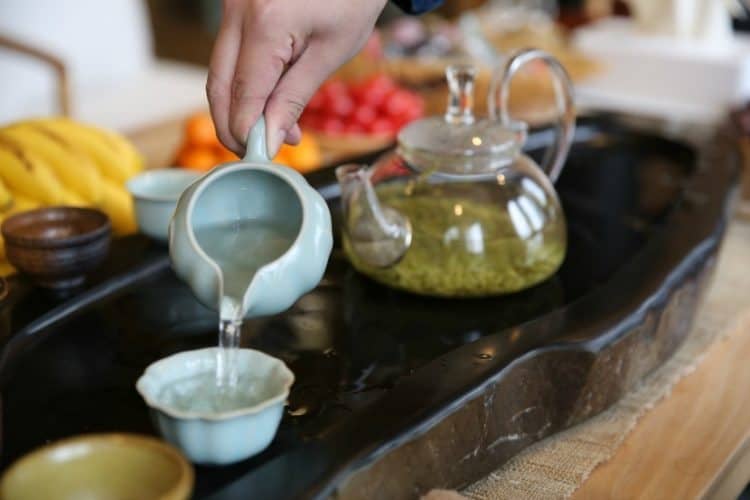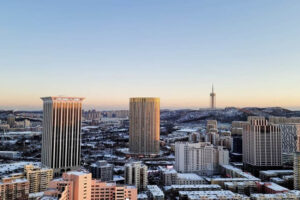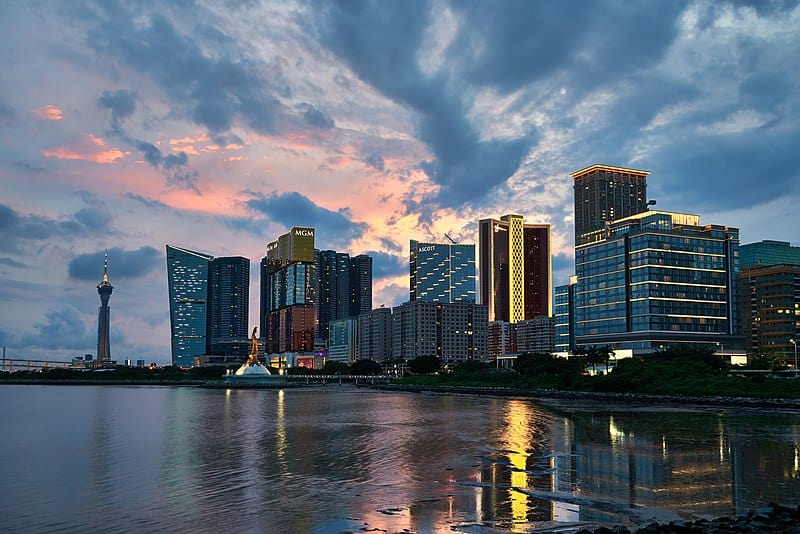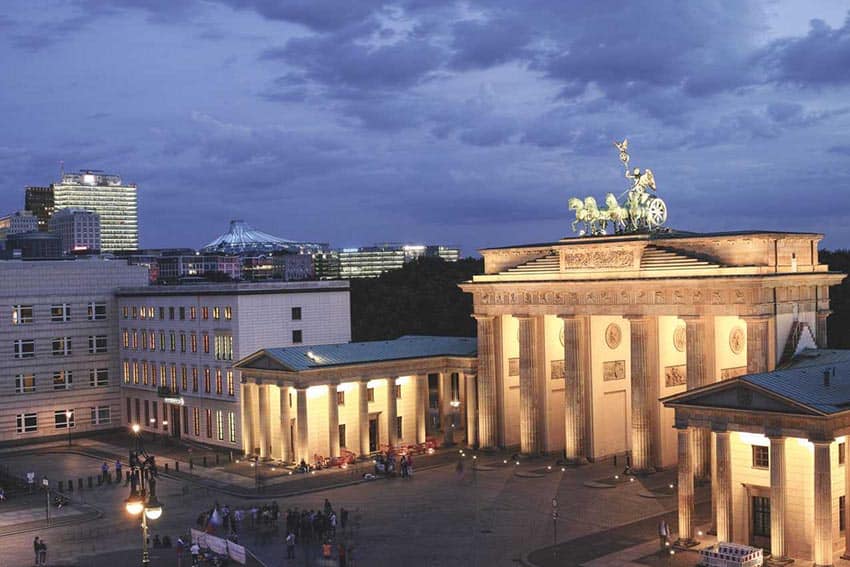Suzhou, China: A Tea Festival, Gardens and Amusement Parks
By Eleanor Harte
Each spring, more than 150,000 visitors descend upon the Taihu Lake region of Suzhou, China. They’re there for the Biluochun Tea Culture and Tourism Festival, which takes place in the East Hill Mountain area of Dongshan County.
The festival begins with the plucking of the Biluochun tea, also known as the emerald spring spiral because of its color and shape. The festival is a celebration of this tea and a great opportunity for visitors to learn more about it and experience a great part of Chinese culture, according to a representative of the China National Tourist office.
Biluochun Tea has been around since the Ming Dynasty –- more than 1,000 years. It’s one of the most famous green teas in China. It’s exclusive because while most green teas use three parts of the plant, the bud, and the two leaves, Biluochun tea uses only two parts: the bud and the first leaf.

This means it takes more tea leaves to make the same amount of Biluochun tea as other green teas, but something’s working; it’s ranked as one of the top ten Chinese teas. It has a strong aroma that comes from the mountain soil and the trees that grow within the plantations. Some claim that this sweet tea has healing powers as well.
There are different levels, or ratings, of the tea quality. The highest level, Supreme I, represents the best quality because it contains the smallest Biluochun leaves. The tea has five characteristics that make it stand out: the unique spiral shape, the sweet fruity taste, the rich floral aroma, showy white hairs, and early cropping. The tea is so sweet that the leaves can be eaten after infusion, something that isn’t typical for most teas.

Picking, Watching, Eating
At the festival, visitors have the opportunity to pick the tea, watch folk art performances, and eat traditional foods. This happens at each of the tea plantations within the Taihu Lake region. They can watch the process of making Biluochun tea from start to finish, or rather from bud to glass.
One of the plantations where visitors can do this is Rain Flower Resort in Dongshan Town, where for an entrance fee of $30 visitors can watch a presentation of the tea, tea roasting, and more.
Suzhou, China
In Suzhou, there are many activities besides the tea festival. Suzhou is nicknamed “the Venice of China”. It’s located 76 miles west of Shanghai and can be reached by a 25-minute bullet train ride from Shanghai, which makes it an easy place to visit.
The city has more than 400 other attractions that millions of tourists visit every year. One of these attractions is the Classical Gardens of Suzhou, a group of gardens that have been designated a UNESCO World Heritage site. These gardens are a great look at traditional Chinese garden design, with pavilions, rivers and pagodas.

Another attraction is the Hanshan Temple, a pagoda that offers some of the best views of the entire city and is ranked as one of the best ten temples in China.
The current structure dates back to the Qing Dynasty, in the realm of 1700, but the original architecture can be traced back to the Southern Dynasty of the 500s. Each New Year’s Eve, a bell-ringing ceremony of 108 bells attracts locals and visitors.
Suzhou is home to Asia’s largest Ferris Wheel, the Suzhou Museum (designed by the famous Chinese-American architect I.M. Pei) and the Suzhou Amusement Park. The Suzhou Museum is free to visit and contains a lotus pool that’s worth a visit for lovers of art, architecture, and culture.
The Suzhou Arts & Crafts Museum presents a diverse, brilliant collection of work created by Suzhou artisans. Jade, Ming-style furniture, wood carving, metal crafts, and more are all on display at this museum, which opened in 2002. The building it’s housed in is from the Qing Dynasty, which began in 1644.
Tiger Hill
Tiger Hill is considered an essential place to visit; a Song Dynasty poet named Su Shi once said, “It is a lifelong pity if having visited Suzhou you did not visit Tiger Hill.” The hill is named because it is said to look like a crouching tiger.
Poetry and calligraphy have been carved into the rocks on the hill for thousands of years. The hill is home to a pond, a famous pagoda, a Bonsai Collection Museum, and the Spring of Simplicity and Honesty.
Getting to Suzhou
There are three airports near Suzhou. Suzhou is accessible by the bullet train from Shanghai Hongqiao International Airport, by an hour and a half drive from Pudong International Airport and a 30-minute drive from Sunan Shuofang International Airport.
All three of these airports have nonstop flights from North America, which makes it an easy trip.
Find out more about Suzhou.
- The Wild Mississippi: 2340 Miles Across Ten States - April 8, 2024
- Exploring the Floating Villages of Tonle’ Sap Lake - April 3, 2024
- Woman Traveling Solo on Turkish Buses - March 27, 2024






Where did you get the teapot??